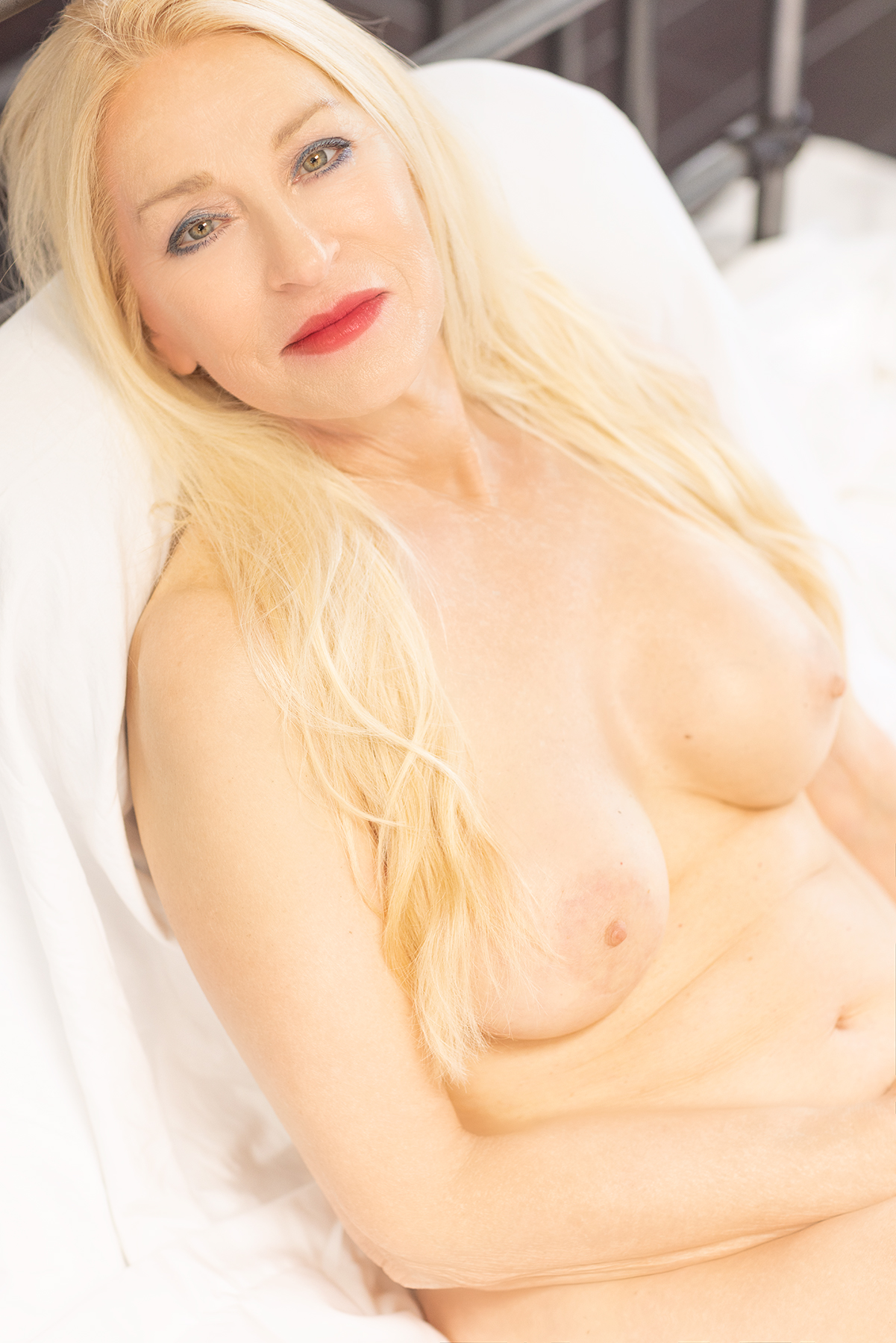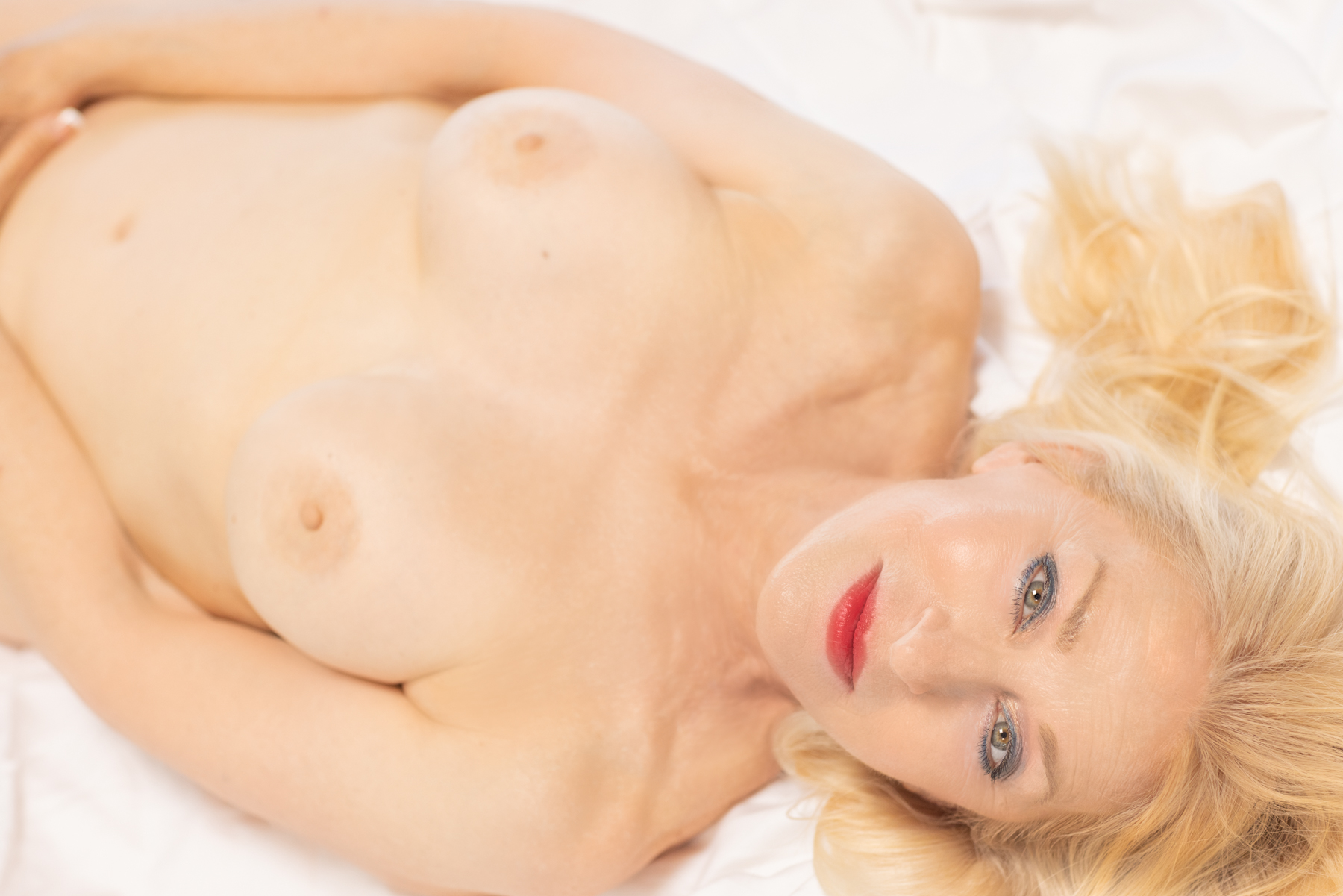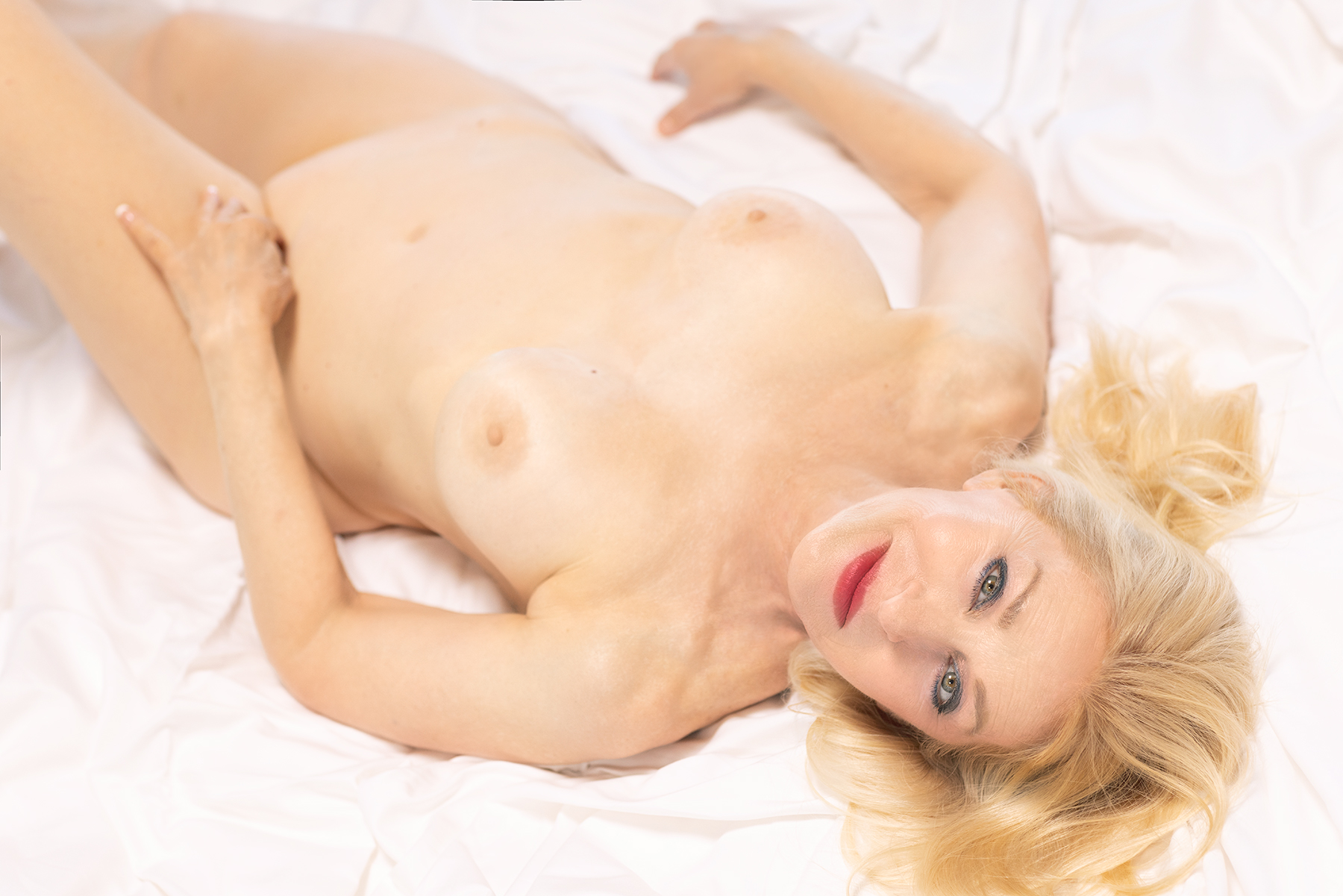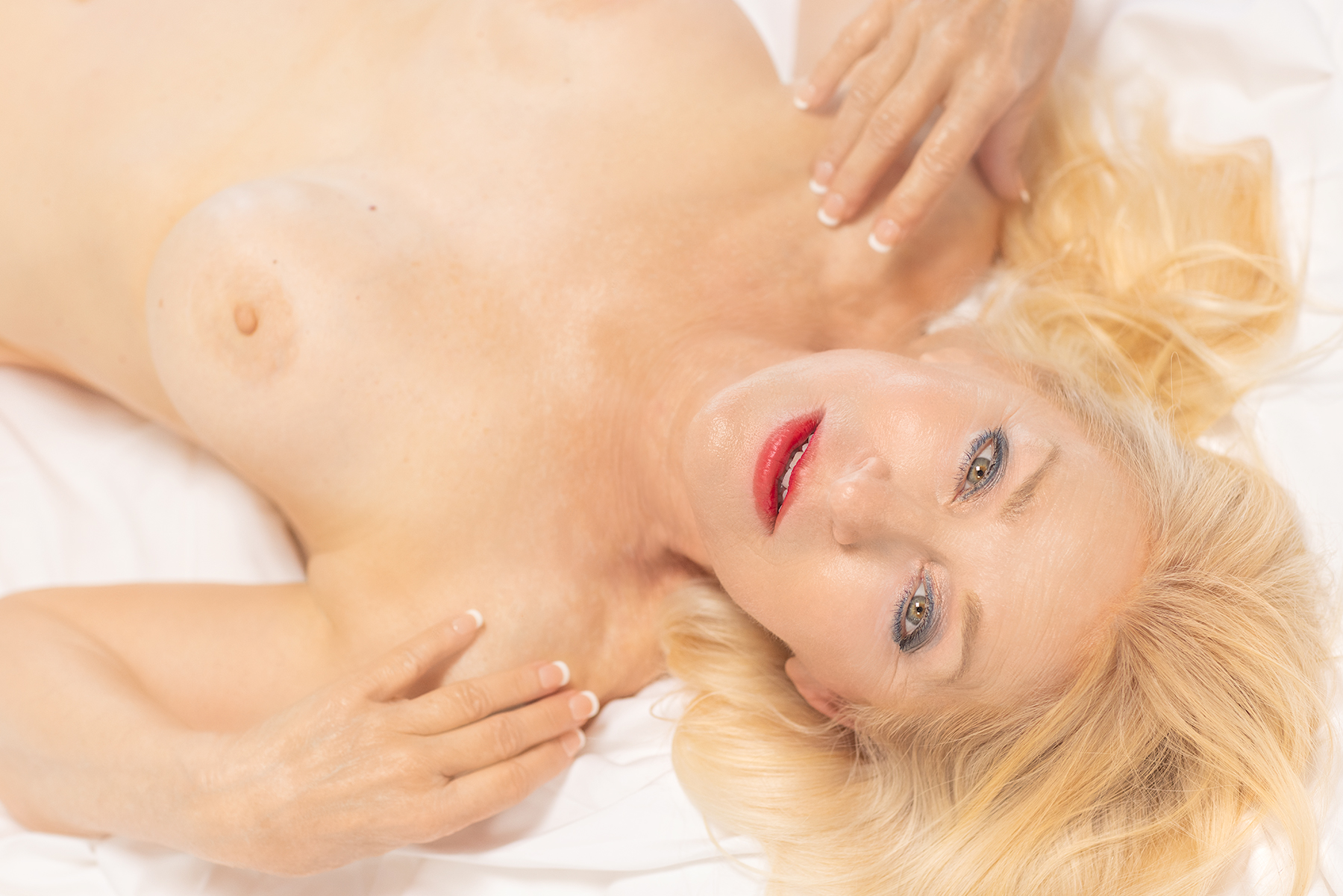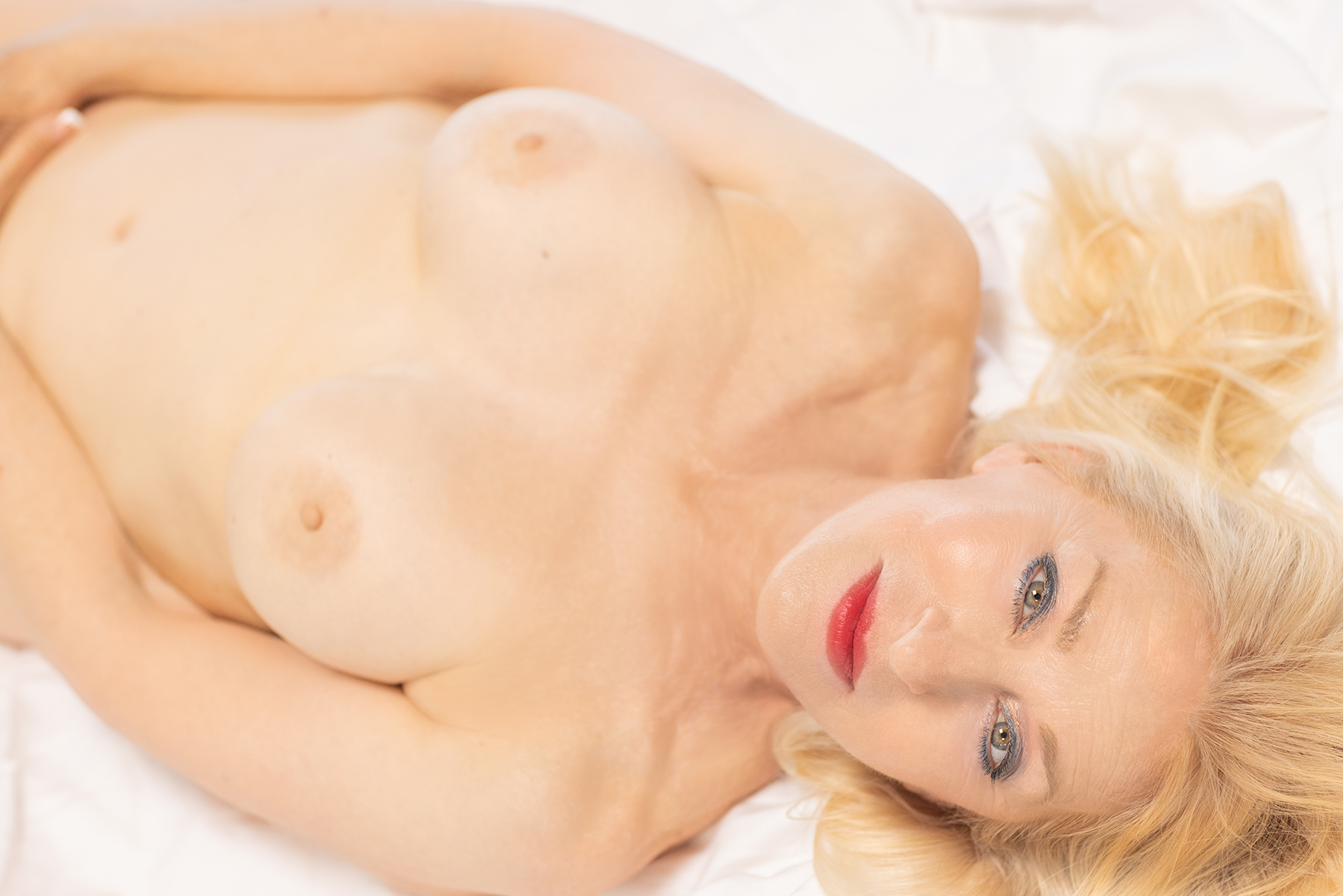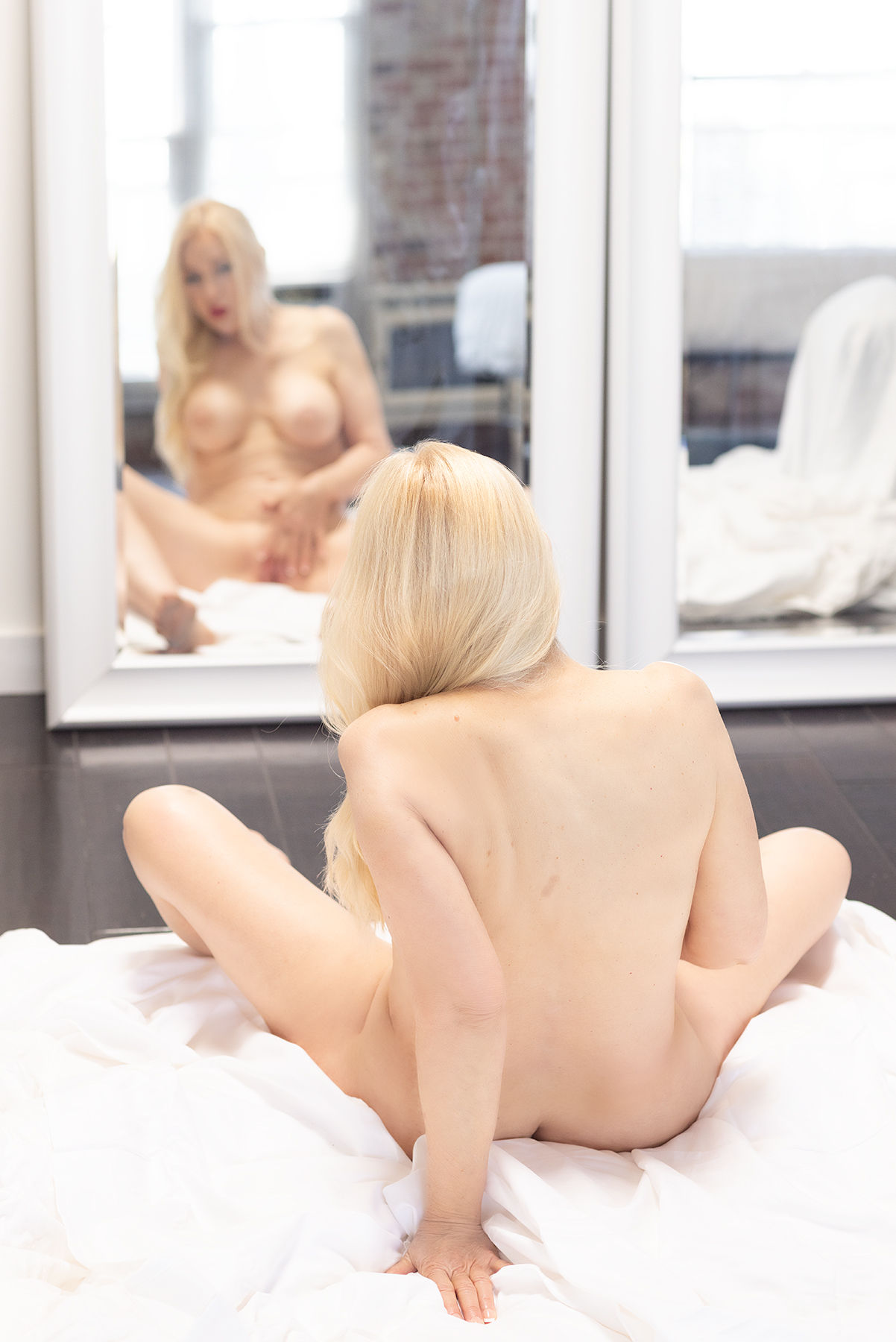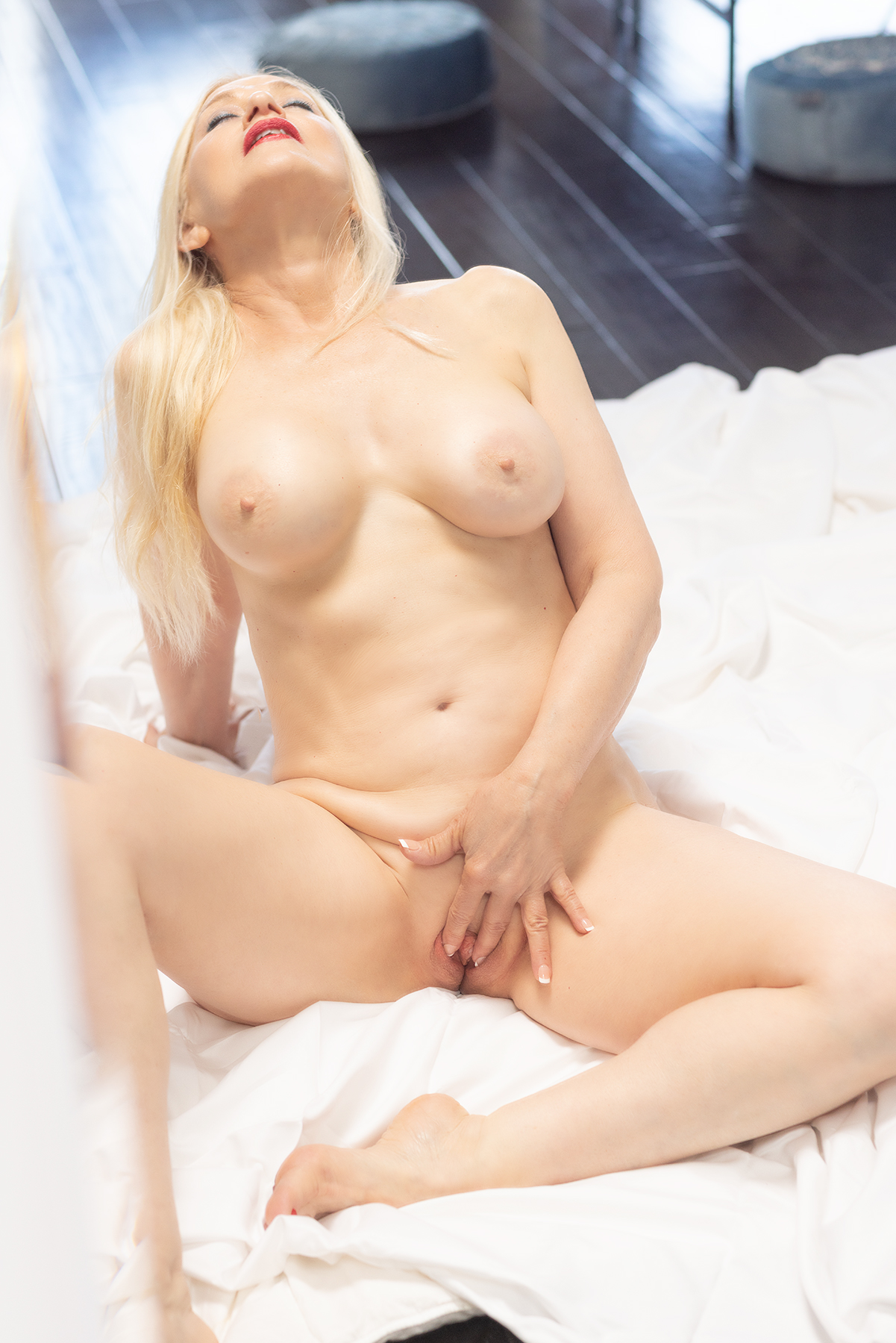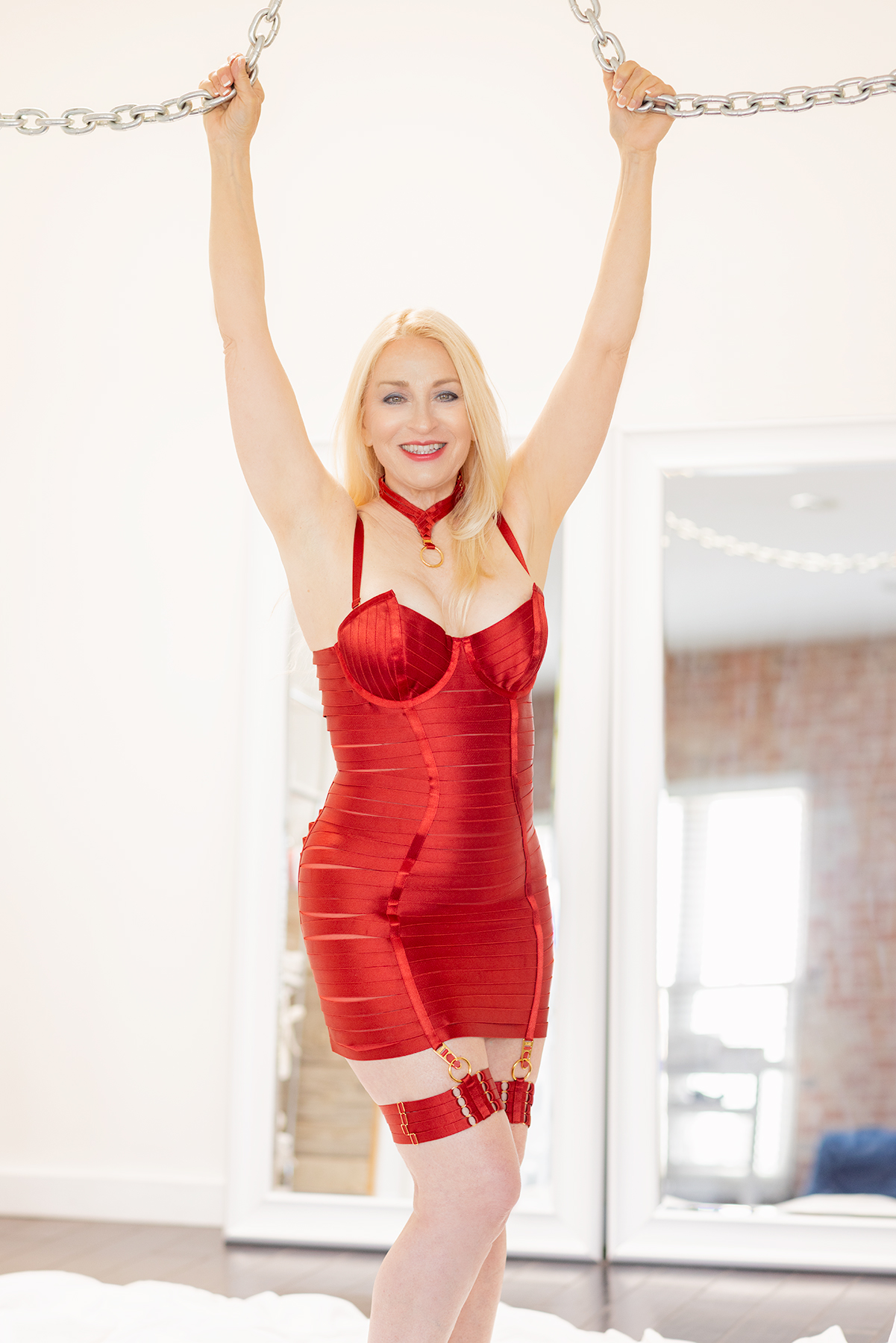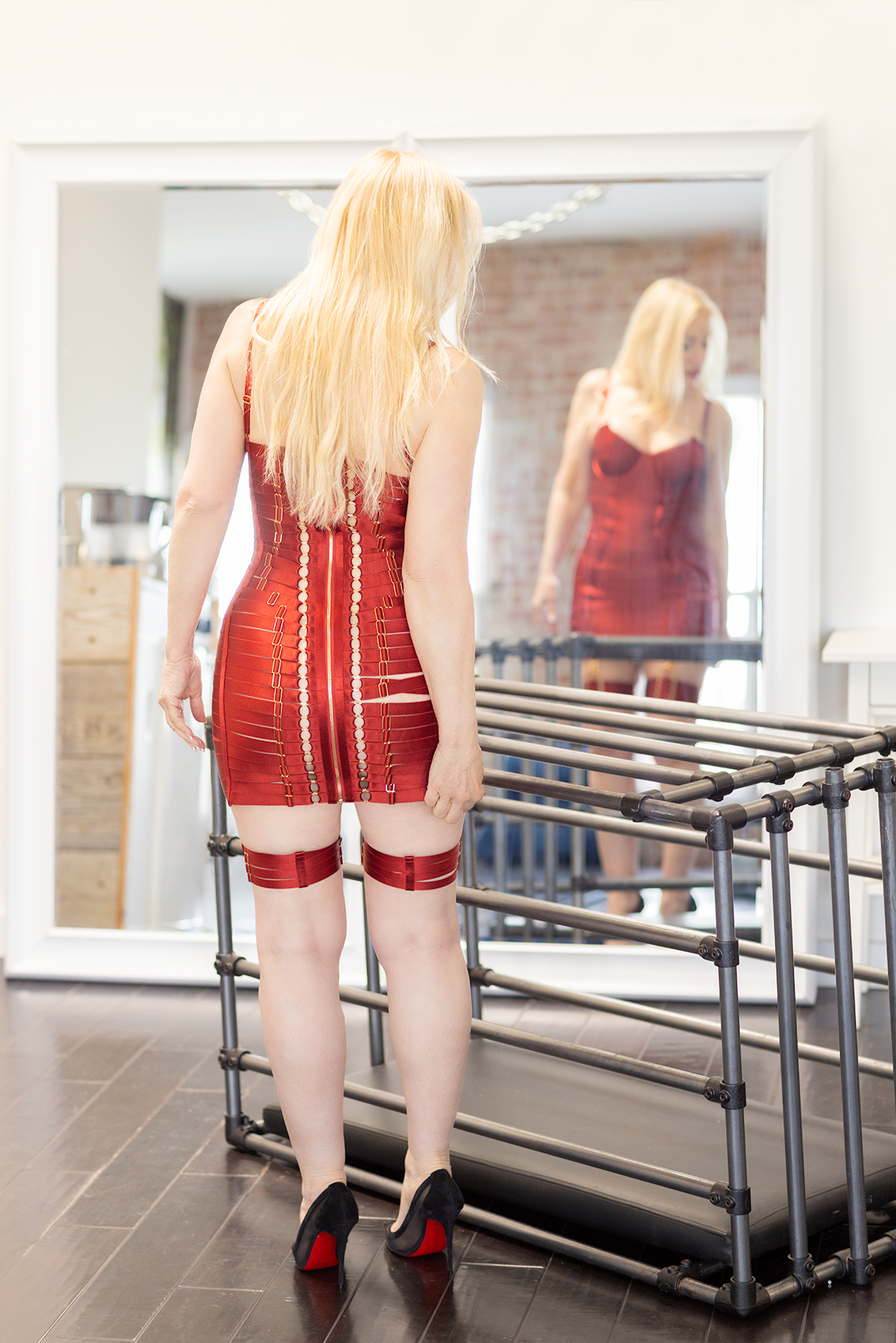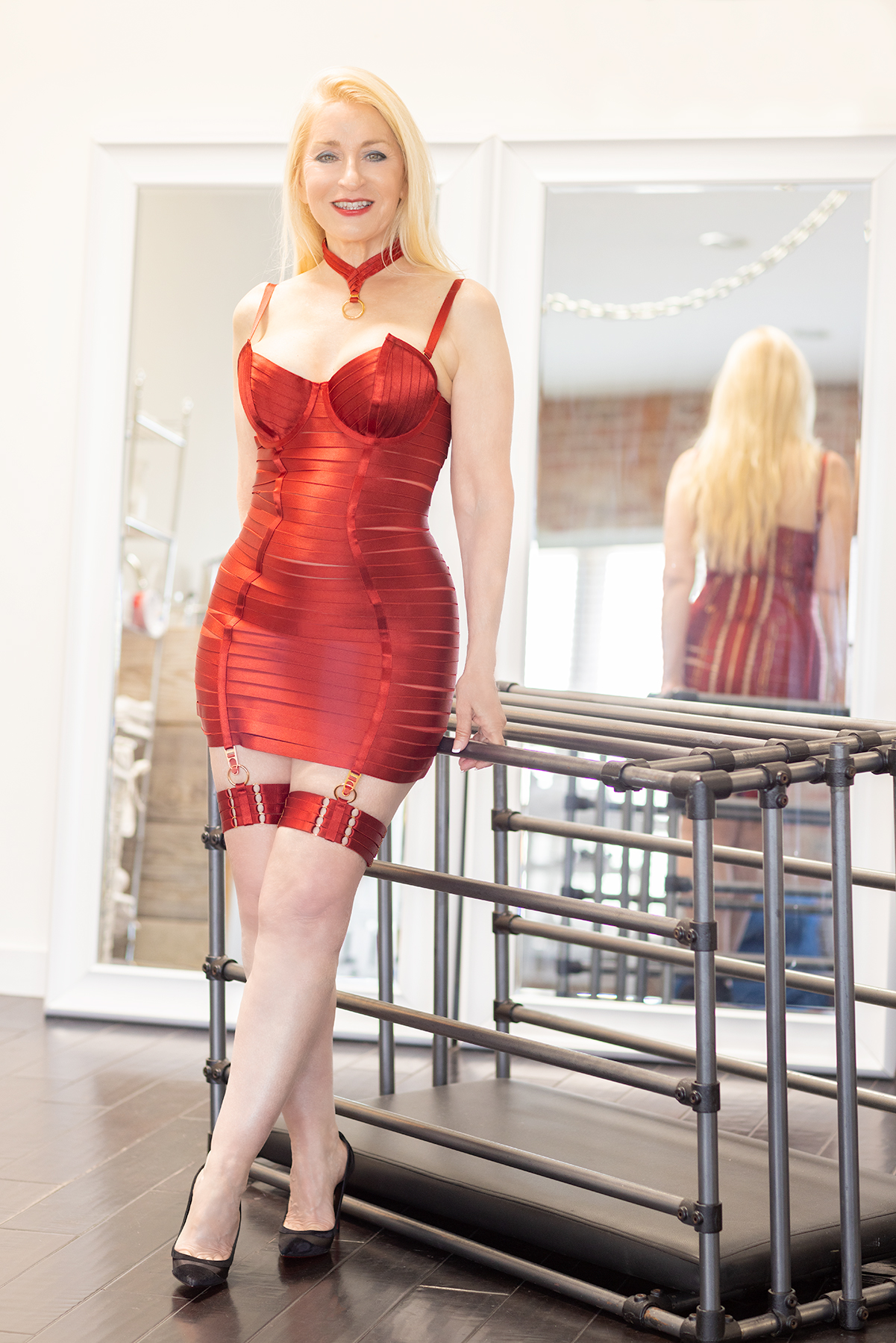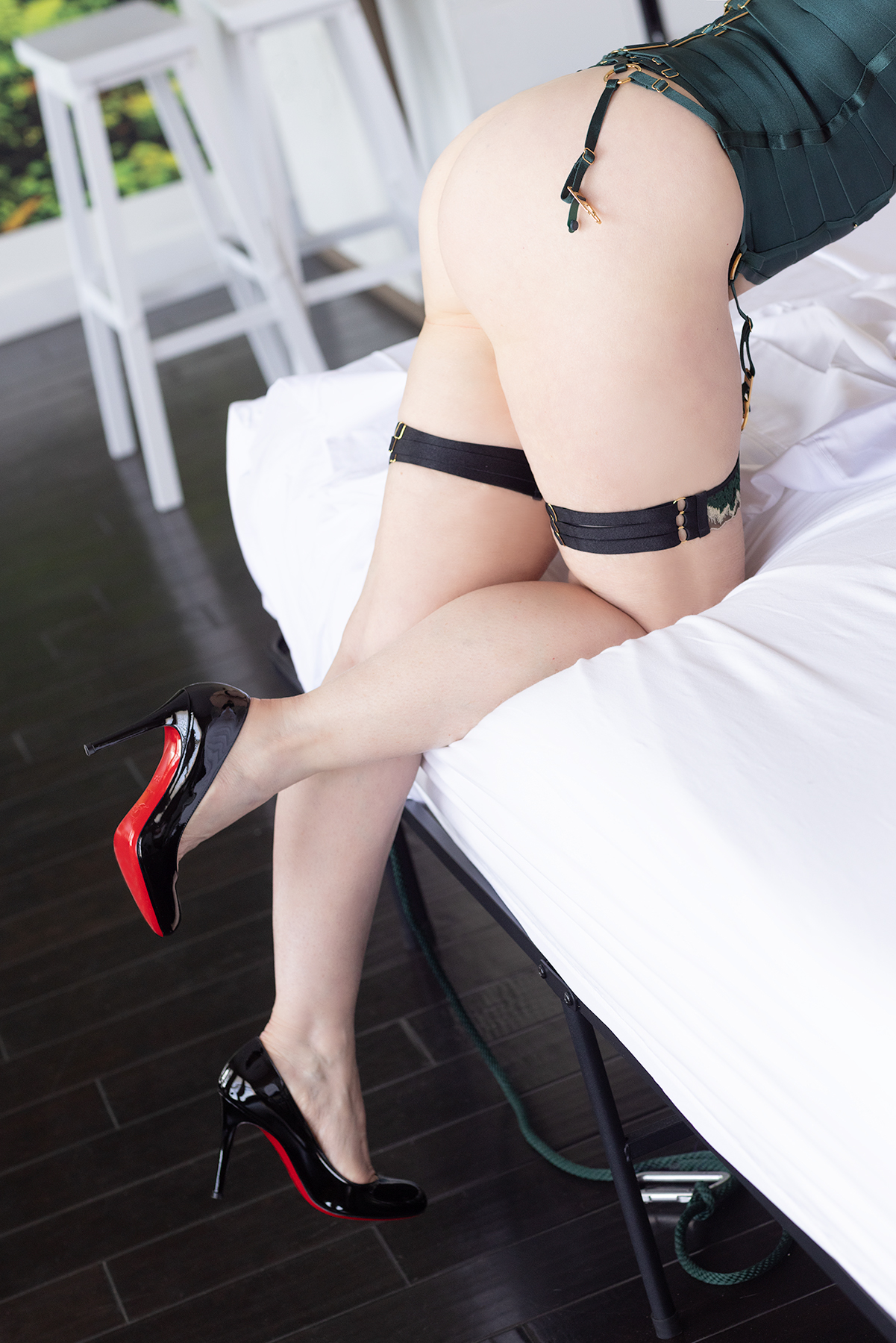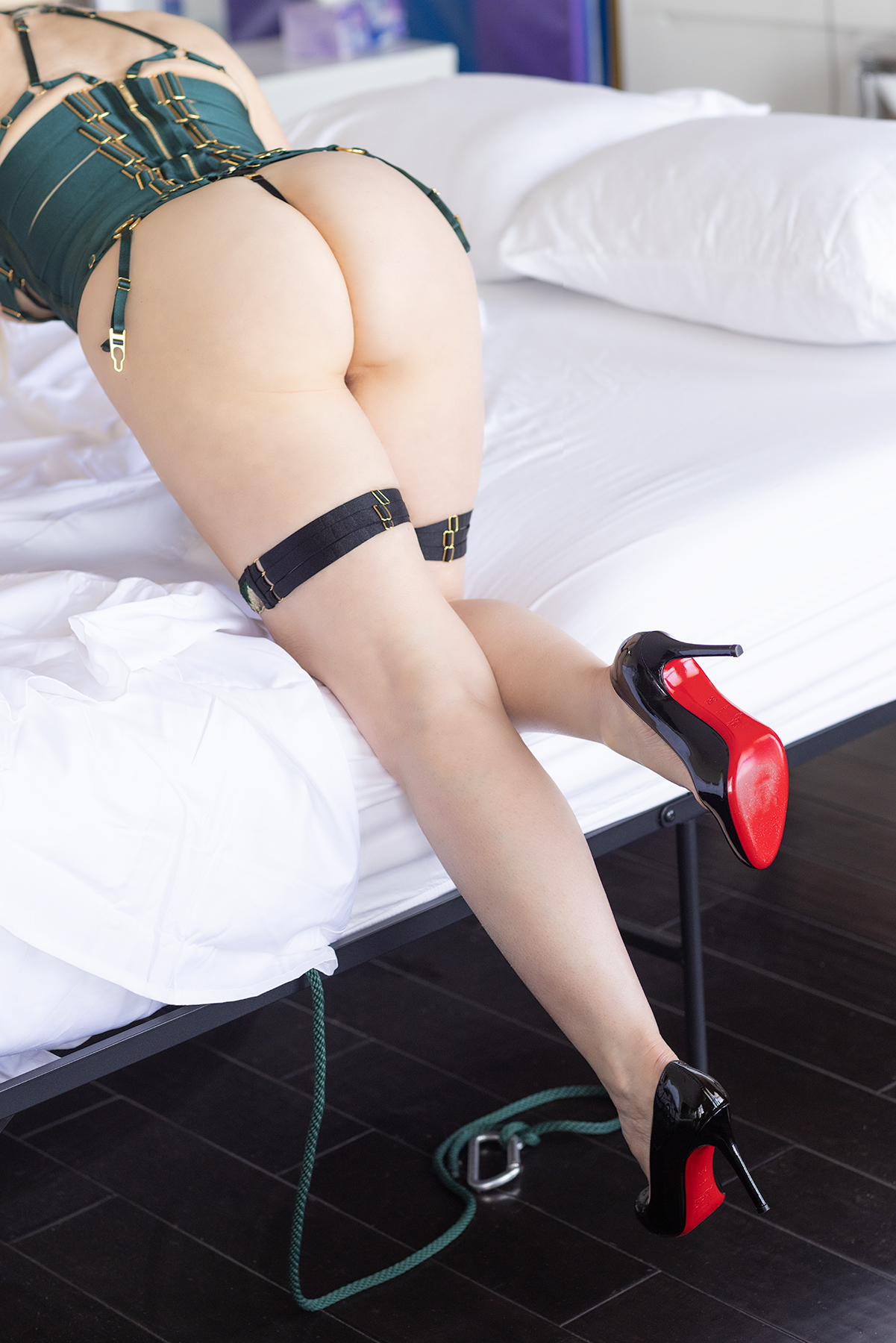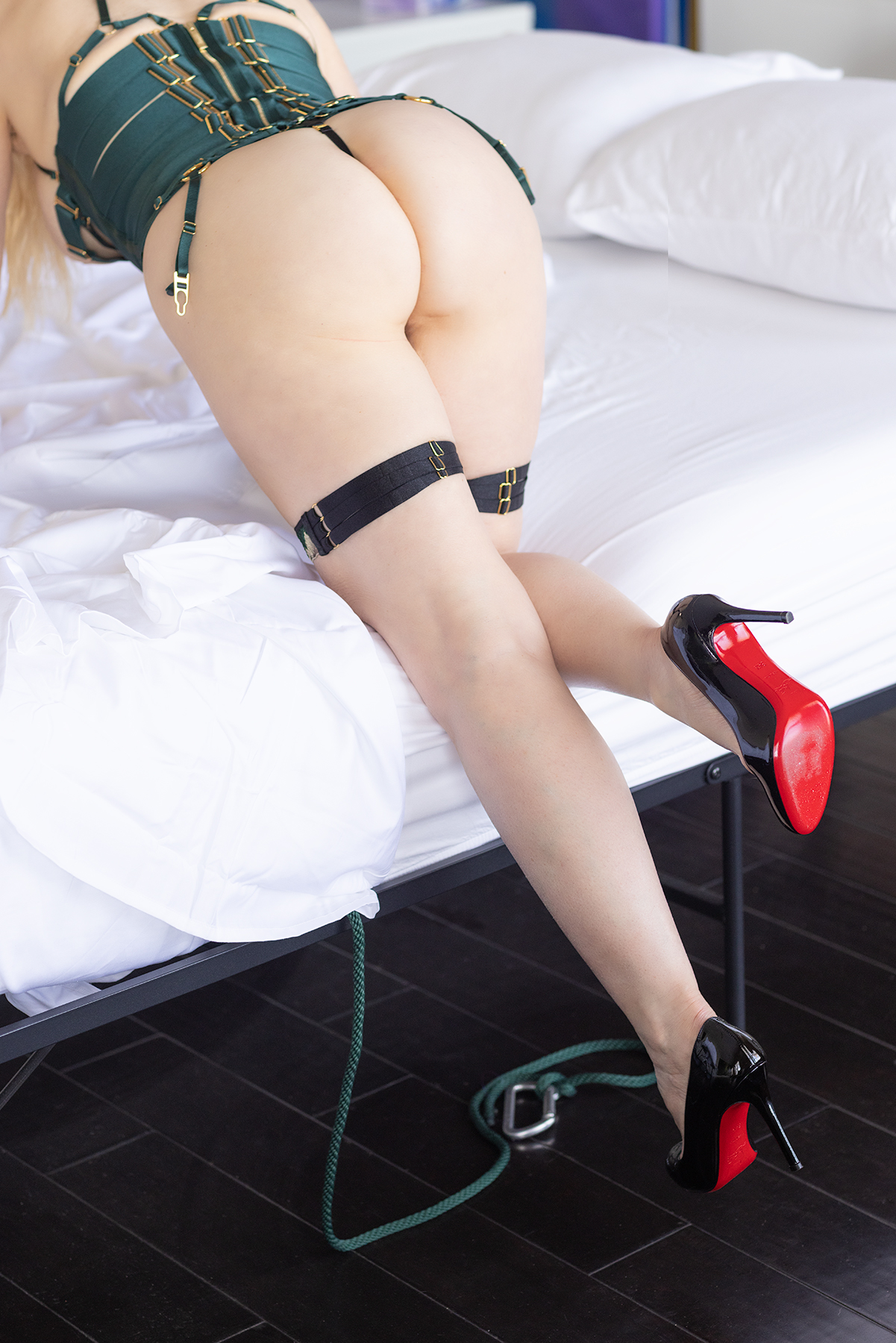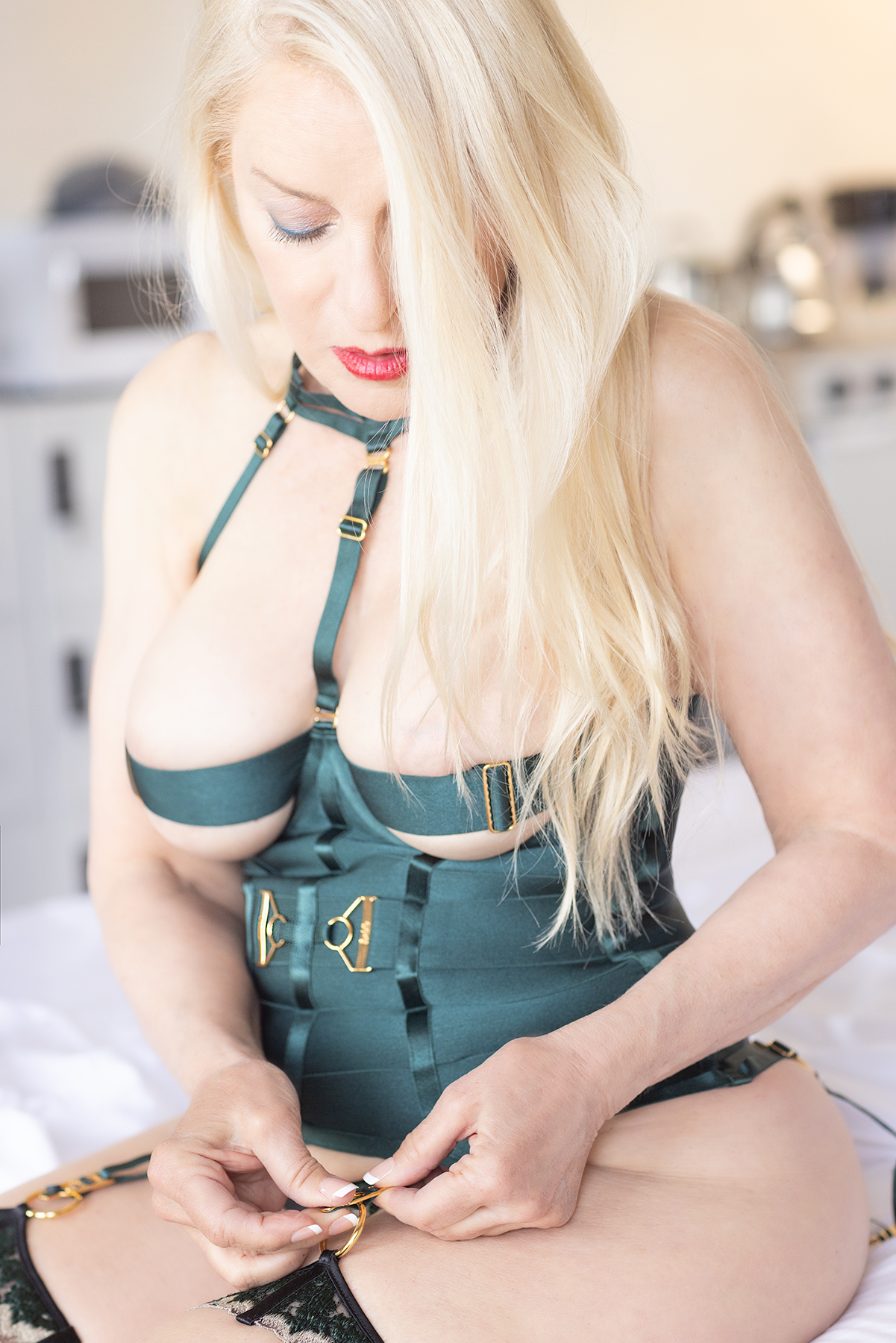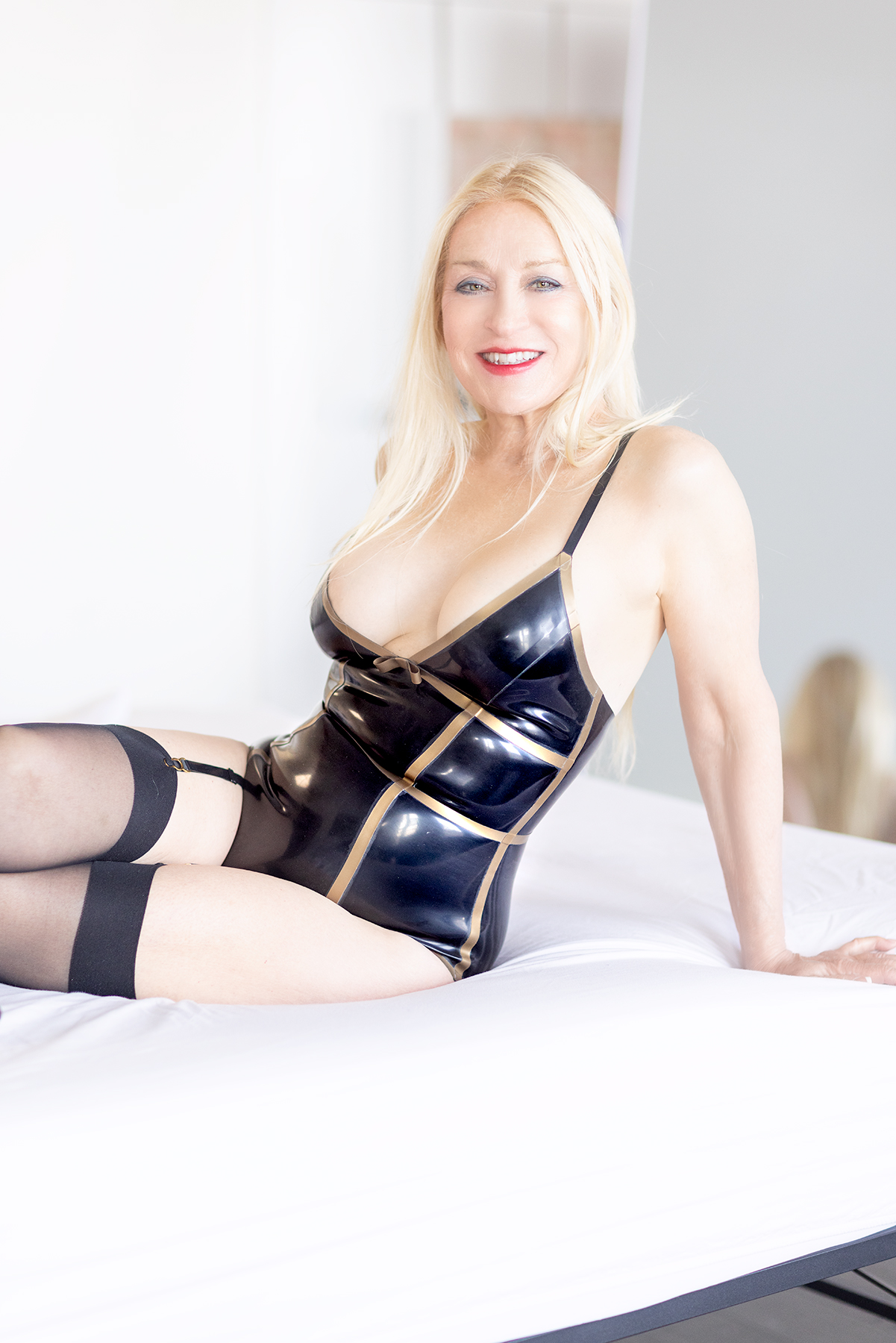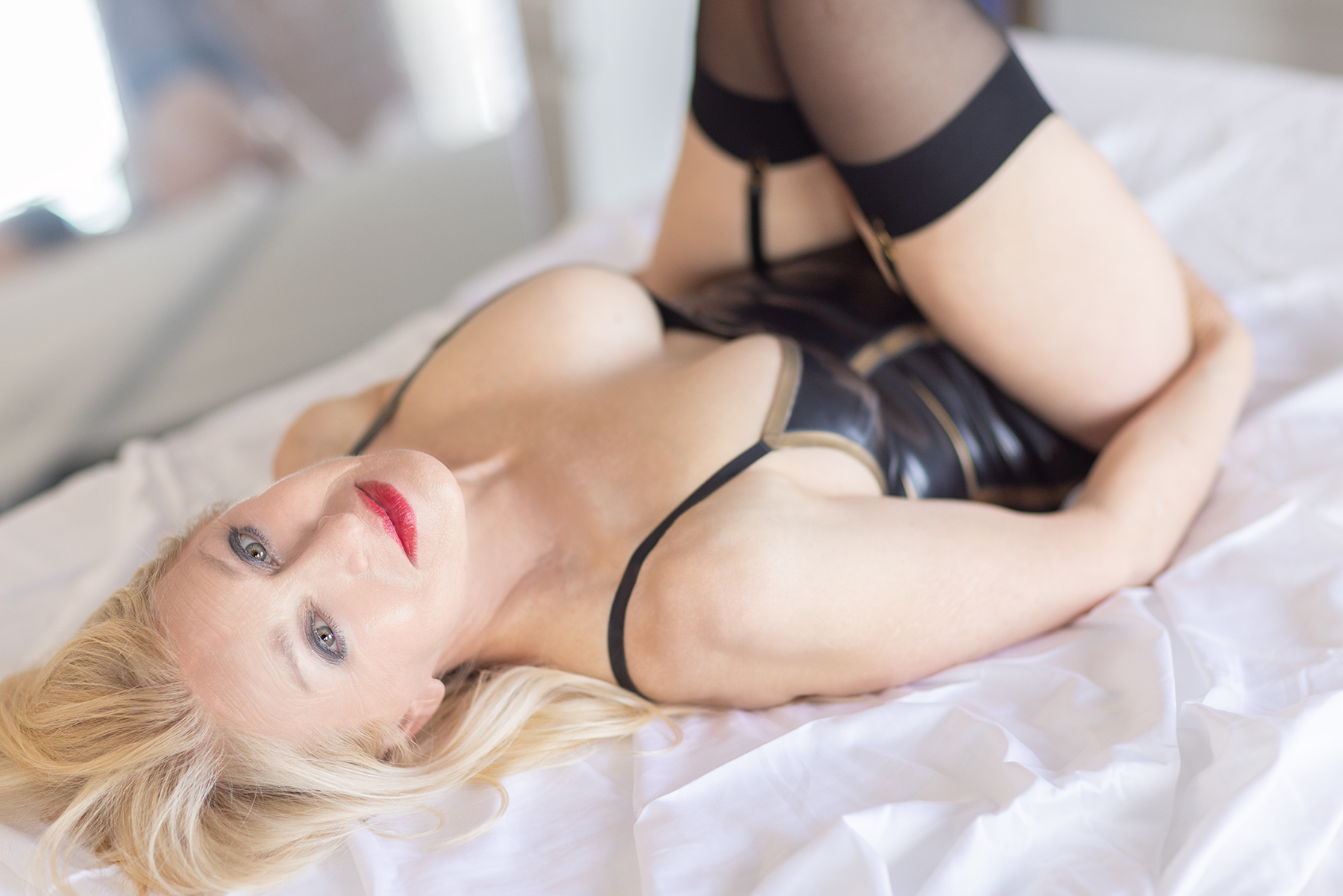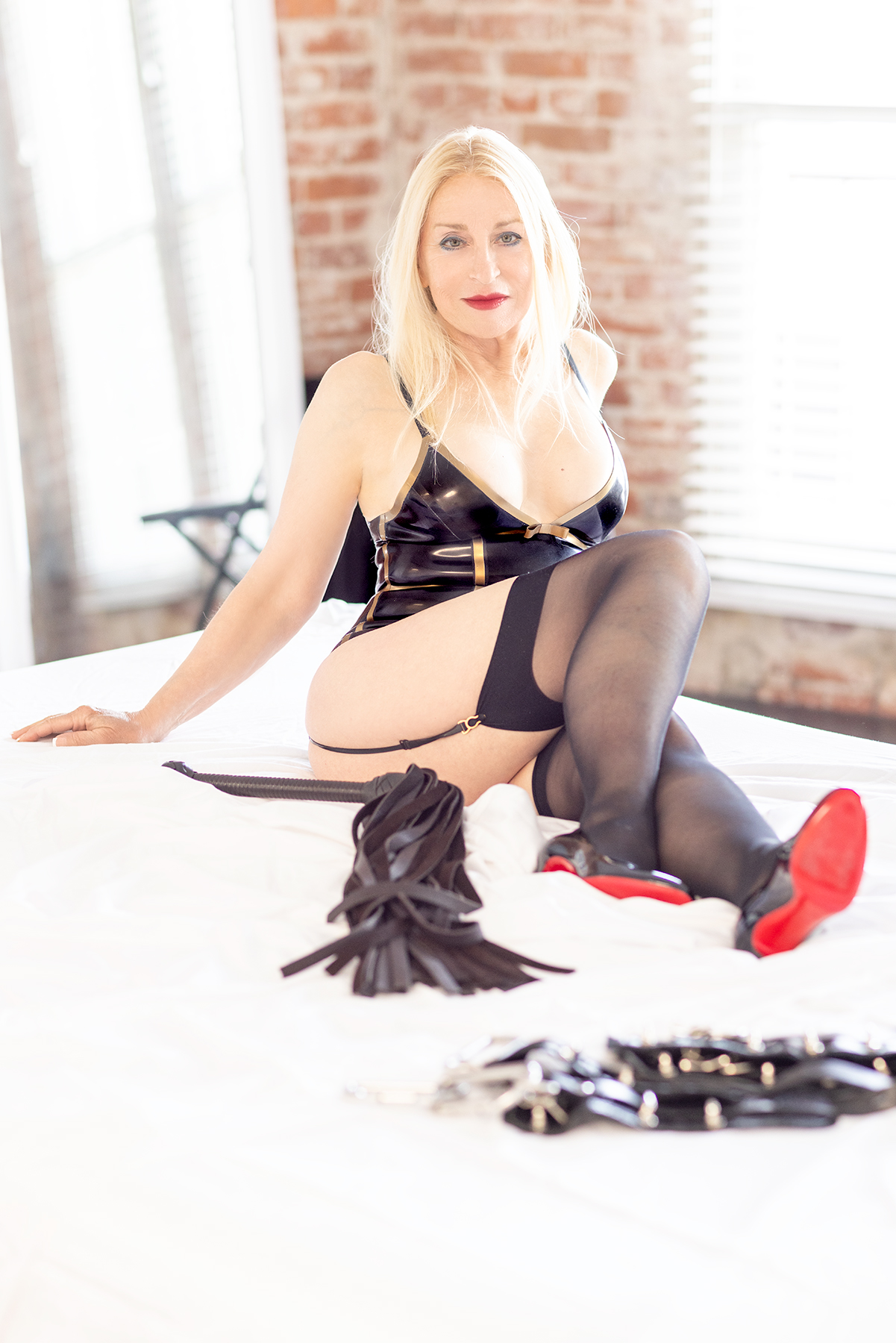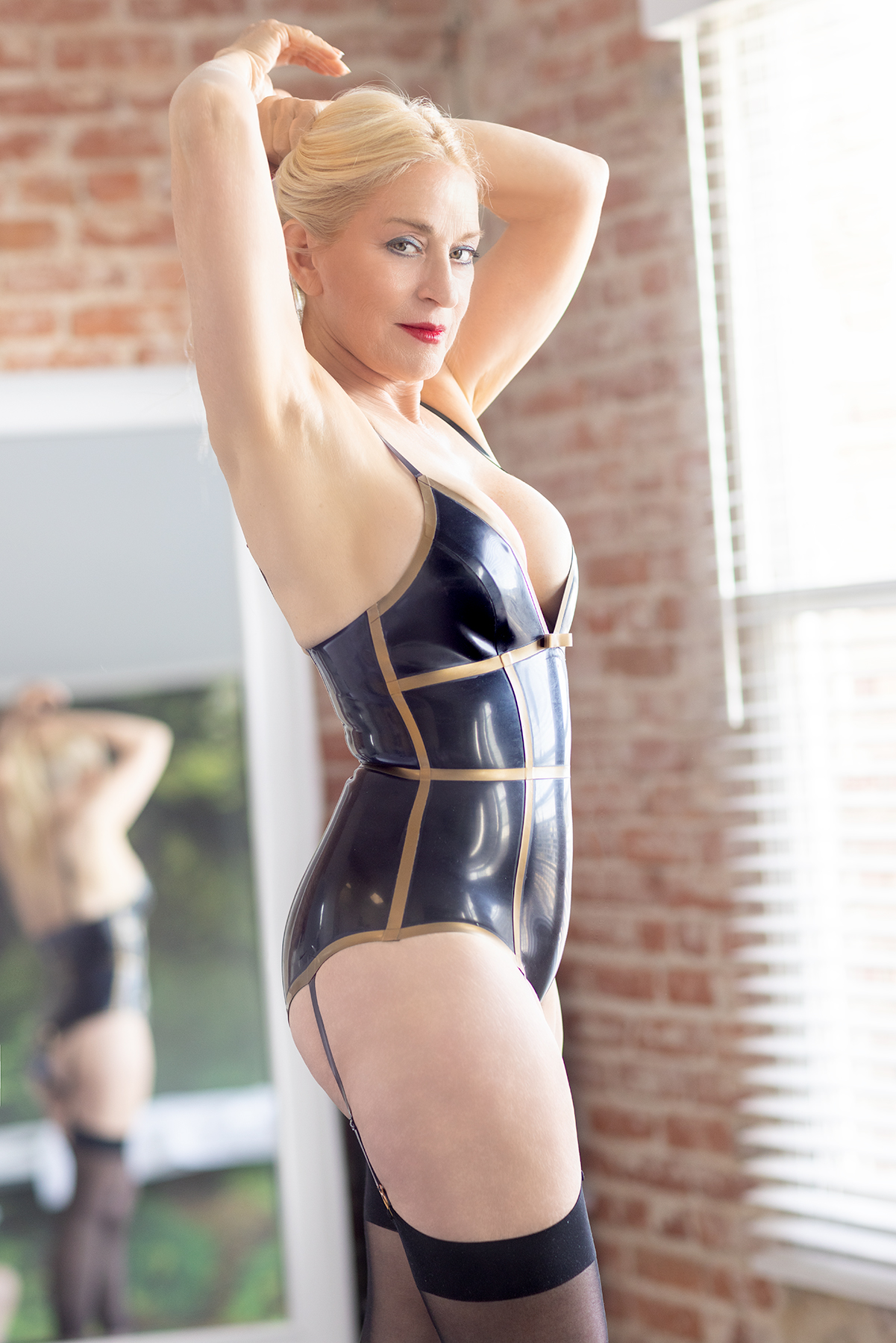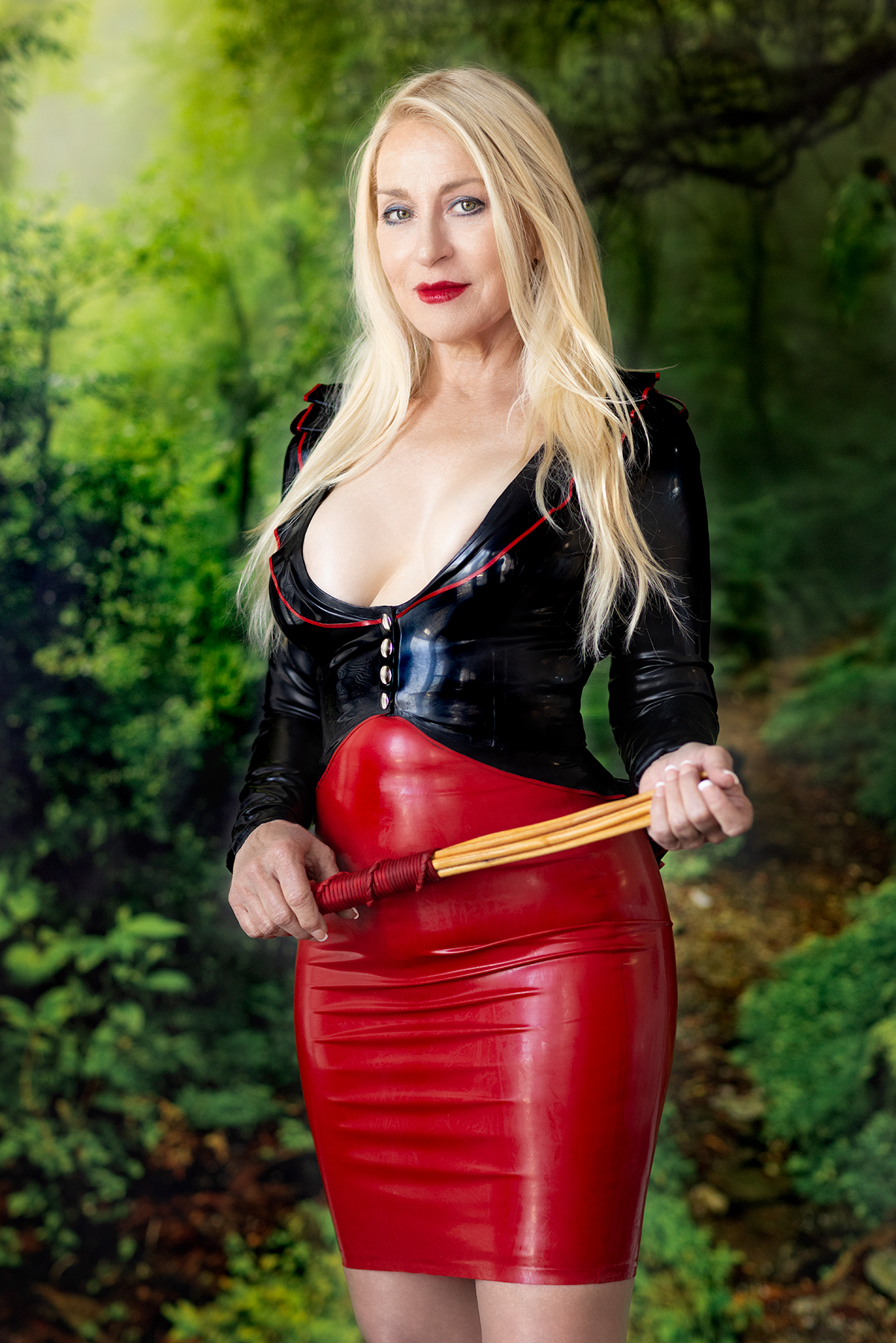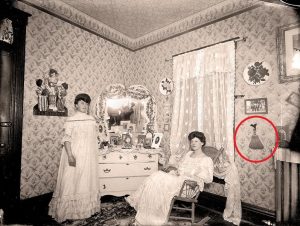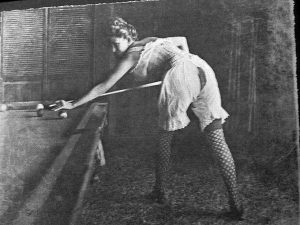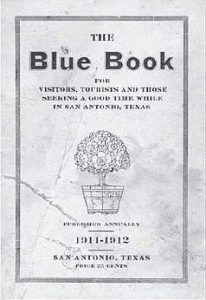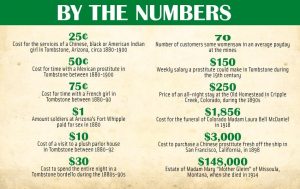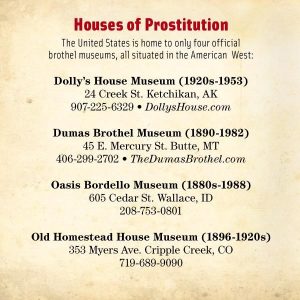This article is written by Tony McGuinn for AskSubmissann.
For centuries now, people have been crediting the Marquis de Sade for the “invention” of BDSM. In fact, he gets so much credit that sadism was named after him… a legacy that the state of Sade was probably not entirely happy about, especially since the Marquis’s real name was “Donatien Alphonse François.”
But, more importantly, the Marquis didn’t invent sadism. He simply wrote prolifically about it. It was his fetish, and his brand was a very specific type of violent, non-consensual sadism. Elsewhere in the world, however, consensual BDSM practices flourished. And nowhere did sexual appetites have a broader freedom than in the wide, open plains of the American frontier.
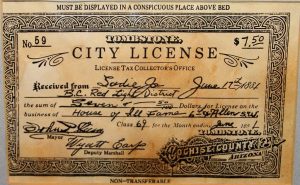
Prostitution and erotic services were legal in the United States until 1910-1915, when states began outlawing them as part of the “temperance” movement, which also went after alcohol.
Prostitution and erotic services were legal in the United States until 1910-1915, when states began outlawing them as part of the “temperance” movement, which also went after alcohol.
The writings of the Marquis de Sade were penned in the 1780s but not widely distributed or spoken of. Indeed, the term “sadism” wasn’t coined for another century, by German psychologist Richard von Krafft-Ebing. Meanwhile, like-minded individuals were writing their own books on the matter: in the late 1800s, John Camden Hotten republished “Fashionable Lectures: Composed and Delivered with Birch Discipline,” a series of stories from the 1750s including “Female Flagellants,” “Lady Bumtickler’s Revels,” and “Madame Birchini’s Dance.” In 1748, John Cleland published “Memoirs of the Woman of Pleasure,” the story of Fanny Hill that also featured themes of bondage, discipline, sadomasochism, and power exchange.
But on the American frontier, these high-minded writings from across the pond were rare, if not impossible, to come across. Cowboys were typically uneducated and, even if they were literate, toting books around on horseback wasn’t practical. For the men of the frontier, life was nomadic… at least until the Madams showed up.
The first true towns of the Wild West owe their creation to the women who saw a business opportunity. Saloons and brothels sprang up to capitalize on the appetites of men. Work camps with tents evolved into the first true towns, with women providing more than just entertainment, but also laundry services, education, and discipline.
What’s more, these brothels contributed heavily to the local economies, not merely through the exchange of money, but by paying for business licenses and fees to operate their businesses legally. According to Wikipedia, prostitution was a $6.3 million business in 1858, more than both the shipping the brewing industries combined.
So what’s all this have to do with BDSM?
In a lucrative economy with many competing women, the women who offered more exotic services got more attention. Saloon “parlor games” often involved spanking or paddling. (Whether the men were losing on purpose to get a free paddling or not is up to debate.) Brothels offered a variety of girls who themselves offered a variety of “services,” not all of them sexual, but certainly all of them erotic.
To this end, many women in the old west carried clutches, fans, fly swatters, or hand-brooms. In some vintage boudoir photos, hand-brooms are prominently featured on the walls, a winking suggestion of what erotic services the girls might offer. And it wasn’t only the working girls who employed fans, canes, whips, or brooms; Fannie Porter, whose “boarding house” in San Antonio was the favorite of Butch Cassidy and the Sundance Kid, was rumored to have chased policemen with brooms after they tried to charge her girls with vagrancy.
Some saloons had “jail cells” or other cages where their girls could entertain. The famous Bird Cage Theatre in Tombstone, AZ had 14 “cribs” (or beds), made to look like cages, suspended from its ceiling, a decoration that would later give rise to the go-go dancing cages of the 1970s. If the Bird Cage sounds familiar to you, it’s probably because this “theater” was among the favorite brothels of wild west heroes such as Doc Holliday and “Diamond” Jim Brady. (At least, it was before Doc Holliday and his paramour “Big Nose Kate” opened up their own saloon, The Grand Hotel, in 1880, also in Tombstone.)
Many brothels (billed as “theaters,” “hotels,” or “saloons”) had suggestive names. In addition to the “Bird Cage,” there was the famous “Stockade” of Salt Lake City, UT, built in 1908. A self-enclosed red light district whose construction was overseen by a local Madam, the Stockade was run by Dora Topham (known to her clients as “Belle London”), and included its own jail cell that was more for humiliation than for actual punishment.
In calling cards, license pictures, and glam shots of the wild west, women hinted at their services in titillating ways. Some, for example, show women shooting pool: a distinctly un-lady-like activity, but one that would allow the woman to be featured holding a birch cane. Others include women holding lassos or whips, despite not necessarily being cowgirls. The purpose of ropes and whips was left up the imagination.
The overwhelming majority of brothels were headed by women who themselves had once been prostitutes and had “graduated” to the title of “Madam.” Now businesswomen, they were generally fiercely protective of their girls, and offered a key role in their societies, paying for education, healthcare, churchs, and other community services. One, Julia Bulette, donated so much money to the town of Virginia City, NV, that she was made an honorary firefighter, and in one of the last portraits ever taken of her, is shown posing with a fireman’s helmet. Another, Pearl de Vere, offered regular medical exams and treatment for her girls in addition to letting them keep 40% of their pay. (A visit to Pearl’s brothel, “The Old Homestead,” costs $250 a night… $6500 in today’s money.)
Madams might not have been “working girls” themselves but they were not afraid to act as Dommes, carrying with them riding crops, whips, clutches filled with rocks, and ivory-handled pistols, all items they could use to protect themselves, their businesses, their girls, and their clients. (And they weren’t afraid to use them, either. “Big Nose” Kate once broke Doc Holiday out of jail.)
Brothels like the House of Mirrors, the Bird Cage, the Stockade, The Grand Theatre, and Fannie Porter’s boarding house were places that offered exotic settings for exotic services, includingsilk sheets, electric chandeliers, and champagne, all rarities in the unsettled west. There were so many brothels that they became a staple of most old-west towns, and some towns began publishing guidebooks to their red-light districts. San Antonio and New Orleans both had “Blue Book” guides which one could purchase for 25¢ that billed themselves as “Directories of the Sporting District… an accurate guide to those who are seeking a good time.”
One of the best-remembered advertisements was that of Diddlin’ Dora’s, a “dance hall” in Deadwood, SD, which said it offered “The Three D’s: Dinin’, Drinkin’, and Dancin’!” According to the Madam, Dora Dufran, it was “a place where you can bring your mother.” This motto was meant ironically; Diddlin’ Dora’s, as the name implied, was a place for exotic pleasures, and one patron was famously quoted as saying, “I wouldn’t want my mother to know I had ever been there.” Dora Dufran was a friend of the famous Calamity Jane, who herself was a working girl and a co-Madam in Deadwood.
The women of the West built their own culture, and most had likely never heard of the Marquis de Sade. Exotic and erotic services offered in the Wild West were a mixture of their own invention, and what their customers wanted from them. BDSM is prevalent across many cultures, not just 18th century Europe. On the American frontier, it prospered for over a century, a home-grown practice that created a new class of feminine self-made millionaires, and helped build and sustain entire towns.
FURTHER READING AND SOURCES:
Print:
- Birchell, Donna Blake. “Wicked Women of New Mexico.” The History Press; First Edition, First Printing edition (March 4, 2014).
- Enss, Chris. “Wicked Women: Notorious, Mischievous, and Wayward Ladies from the Old West.” TwoDot; First edition (February 20, 2015)
- Rutter, Michael. “Boudoirs to Brothels: The Intimate World of Wild West Women.” Farcounty Press (October 10, 2014).
- Rutter, Michael. “Upstairs Girls: Prostitution in the American West.” Farcountry Press (September 1, 2005).
- Seagraves, Anne. “Soiled Doves: Prostitution in the Early West.” Wesanne Publications; First Edition edition (June 1, 2003).
On the Web:
- Wikipedia Links to early writings on BDSM:
- True West Magazine.
- “Soiled Doves” by Jan Mackell. https://truewestmagazine.com/soiled-doves-good-girls-gone-bad/
- “Queen of the Soiled Doves” by Jana Bommersbach https://truewestmagazine.com/queen-of-the-soiled-doves/
- Miss Cellnia’s “6 Wild Women of the Wild West” on Mental Floss. https://www.mentalfloss.com/article/51726/6-wild-women-wild-west
- Harvey, Ian. “Fannie Porter – The Most Iconic ‘Madame’ of the Old West.” The Vintage News. (Nov 15, 2016.) Available online at: https://www.thevintagenews.com/2016/11/15/fannie-porter-the-most-iconic-madame-of-the-old-west/
- Legends of America.
- The Madams: https://www.legendsofamerica.com/madames/
- The “Painted Ladies:” https://www.legendsofamerica.com/sd-deadwoodpaintedladies/
- Fannie Porter: https://www.legendsofamerica.com/tx-fannieporter/
- Tamar Altebarmakian’s “The 12 Most Notorious Prostitutes and Madams of the World West” on Ranker. https://www.ranker.com/list/famous-old-west-madams/tamar-altebarmakian
Photo Credits:
- Barns, Sarah. “Cracking the Whip: Fascinating photographs show prostitutes who rule men in the 19th century Wild West… and went on to become millionaire and national heroes.” The Sun, UK. (June 15, 2017). Available at: https://www.thesun.co.uk/living/3805970/fascinating-photographs-show-prostitutes-who-ruled-men-in-the-19th-century-wild-west-and-went-on-to-become-millionaires-and-national-heroes/
- Fyfe, Johnny. “Wild West Women Circa 1800-1900.” The Johnny Fyfe Portfolio, available at: https://johnfyfe.org/portfolio_page/wild-west-women-circa-1800-1890/
- White, Debbie. “Sin City: Fascinating photos show the brothels of the Wild West and the hard-as-nails women who worked there.” The Sun, UK. (May 23, 2019). Available at: https://www.thesun.co.uk/news/9129922/photos-brothels-wild-west-hard-women-who-worked-there/



